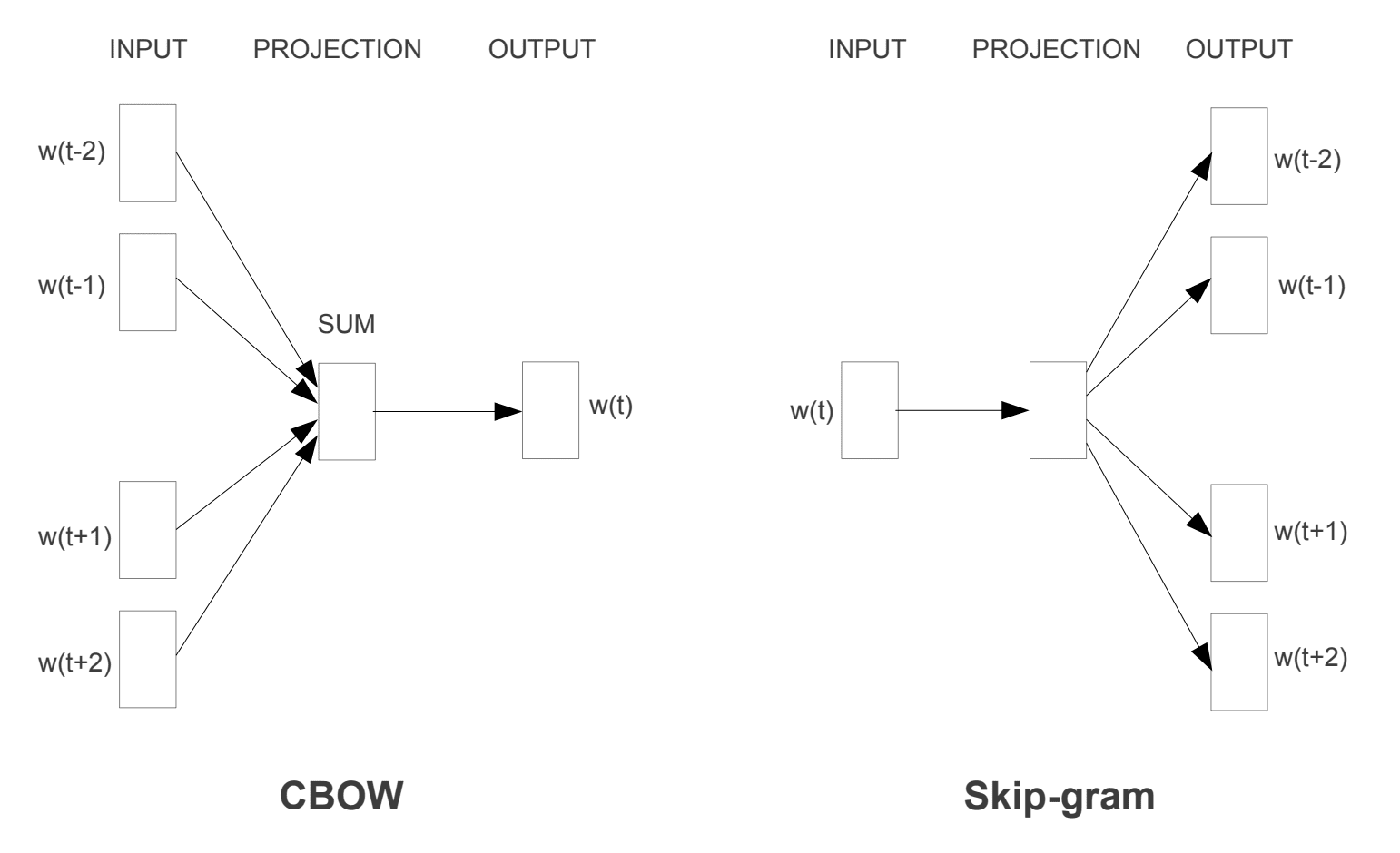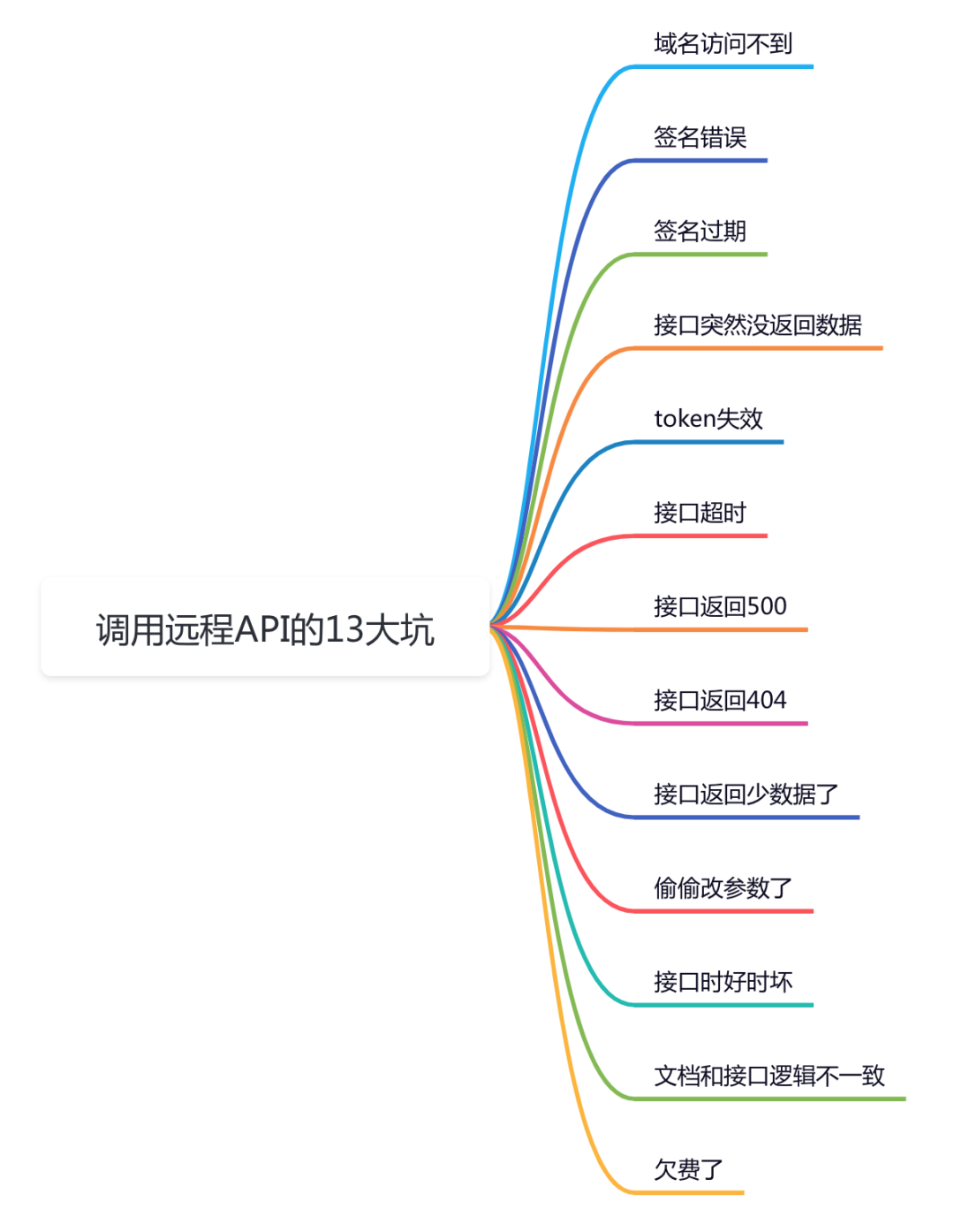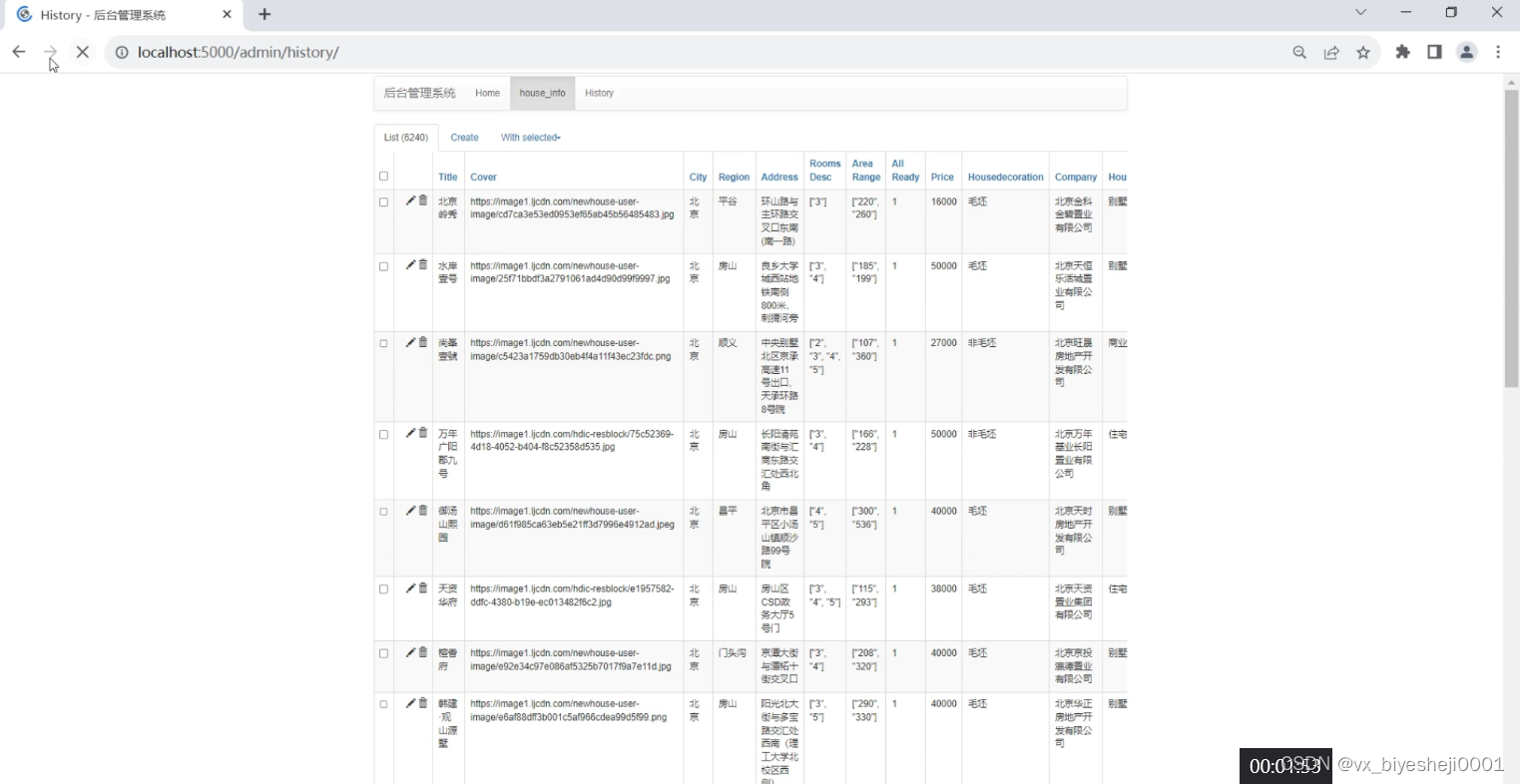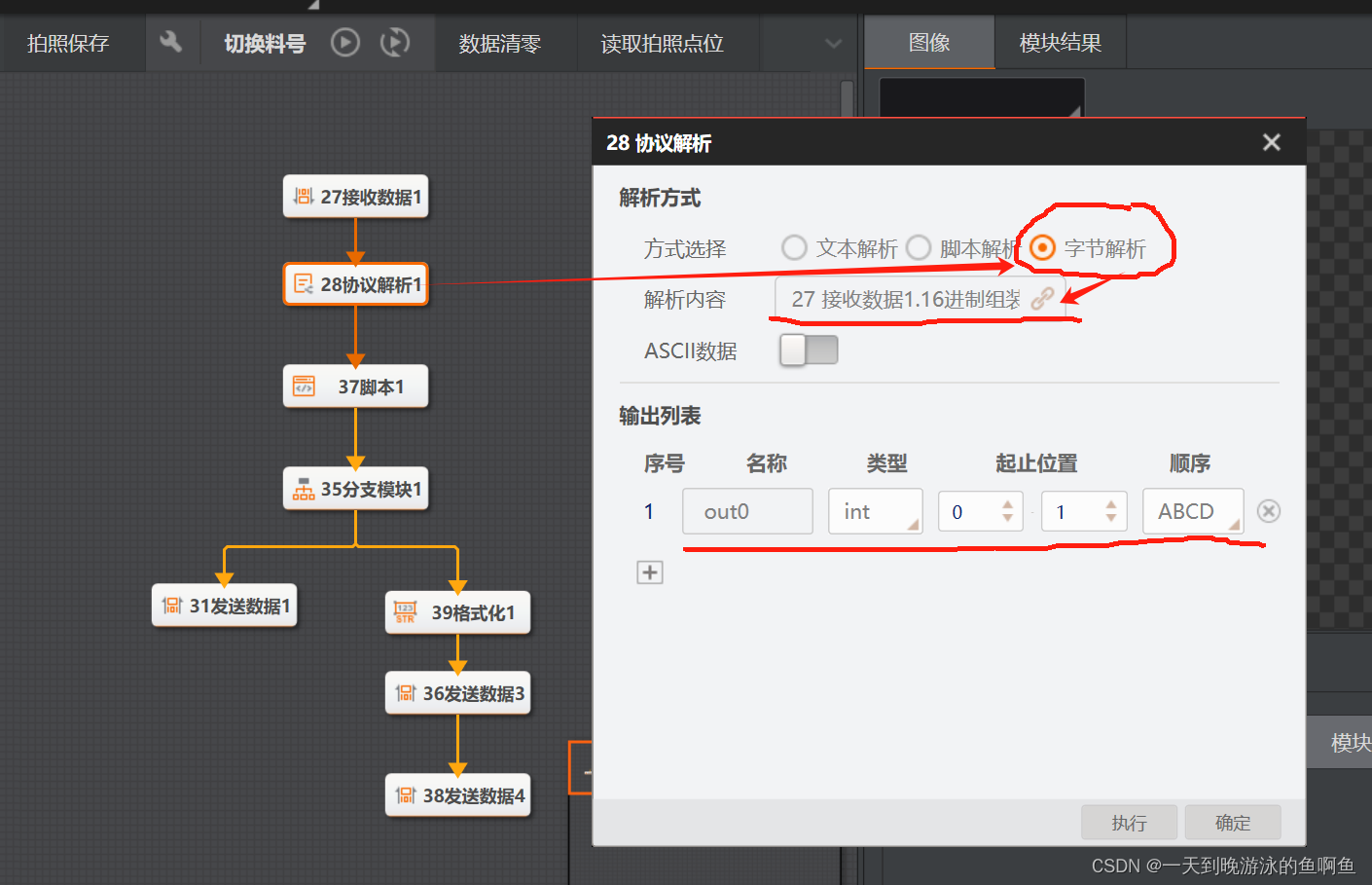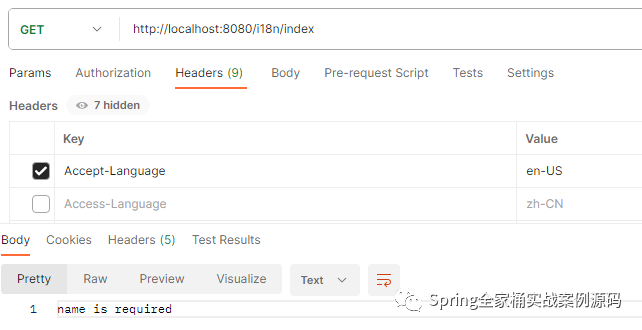
给你一个 无重复元素 的整数数组 candidates 和一个目标整数 target ,找出 candidates 中可以使数字和为目标数 target 的 所有 不同组合 ,并以列表形式返回。你可以按 任意顺序 返回这些组合。
candidates 中的 同一个 数字可以 无限制重复被选取 。如果至少一个数字的被选数量不同,则两种组合是不同的。
对于给定的输入,保证和为 target 的不同组合数少于 150 个。
示例 1:
输入:candidates = [2,3,6,7], target = 7 输出:[[2,2,3],[7]] 解释: 2 和 3 可以形成一组候选,2 + 2 + 3 = 7 。注意 2 可以使用多次。 7 也是一个候选, 7 = 7 。 仅有这两种组合。
示例 2:
输入: candidates = [2,3,5], target = 8 输出: [[2,2,2,2],[2,3,3],[3,5]]
示例 3:
输入: candidates = [2], target = 1 输出: []
提示:
1 <= candidates.length <= 302 <= candidates[i] <= 40candidates的所有元素 互不相同1 <= target <= 40
思路:dfs
class Solution {
public List<List<Integer>> combinationSum(int[] candidates, int target) {
List<List<Integer>> ans = new ArrayList<List<Integer>>();
List<Integer> pair = new ArrayList<Integer>();
dfs(candidates, target, ans, pair, 0);
return ans;
}
public void dfs(int[] candidates, int target, List<List<Integer>> ans, List<Integer> pair, int idx) {
if (idx == candidates.length) {
return;
}
if (target == 0) {
ans.add(new ArrayList<Integer>(pair));
return;
}
// 直接跳过
dfs(candidates, target, ans, pair, idx + 1);
// 选择当前数
if (target - candidates[idx] >= 0) {
pair.add(candidates[idx]);
dfs(candidates, target - candidates[idx], ans, pair, idx); // 可以重复选所以下标是idx
pair.remove(pair.size() - 1);
}
}
}




